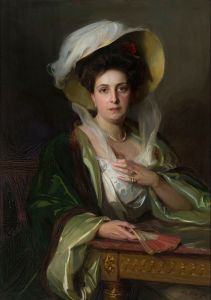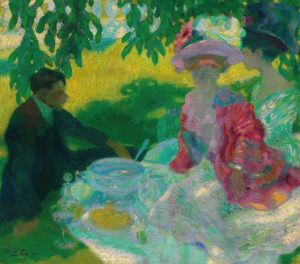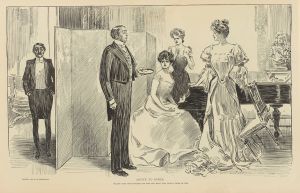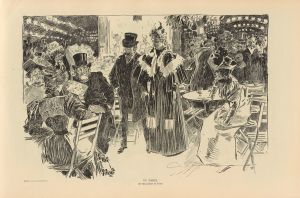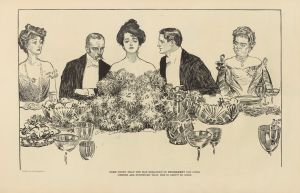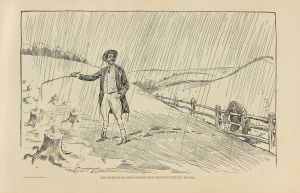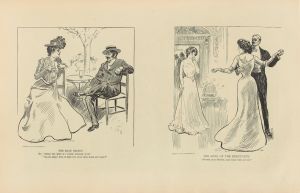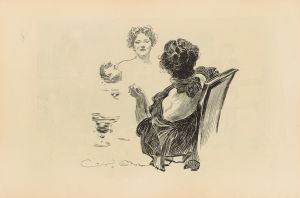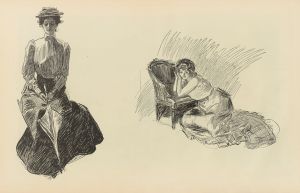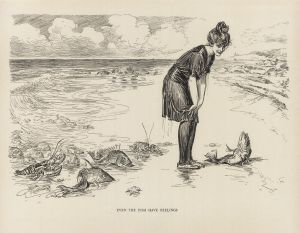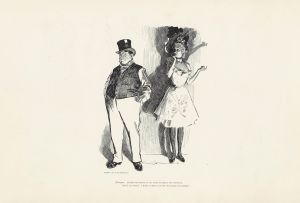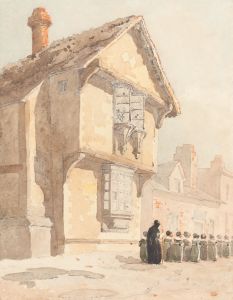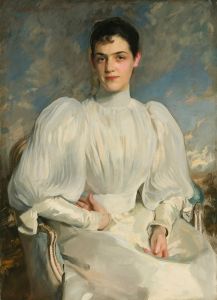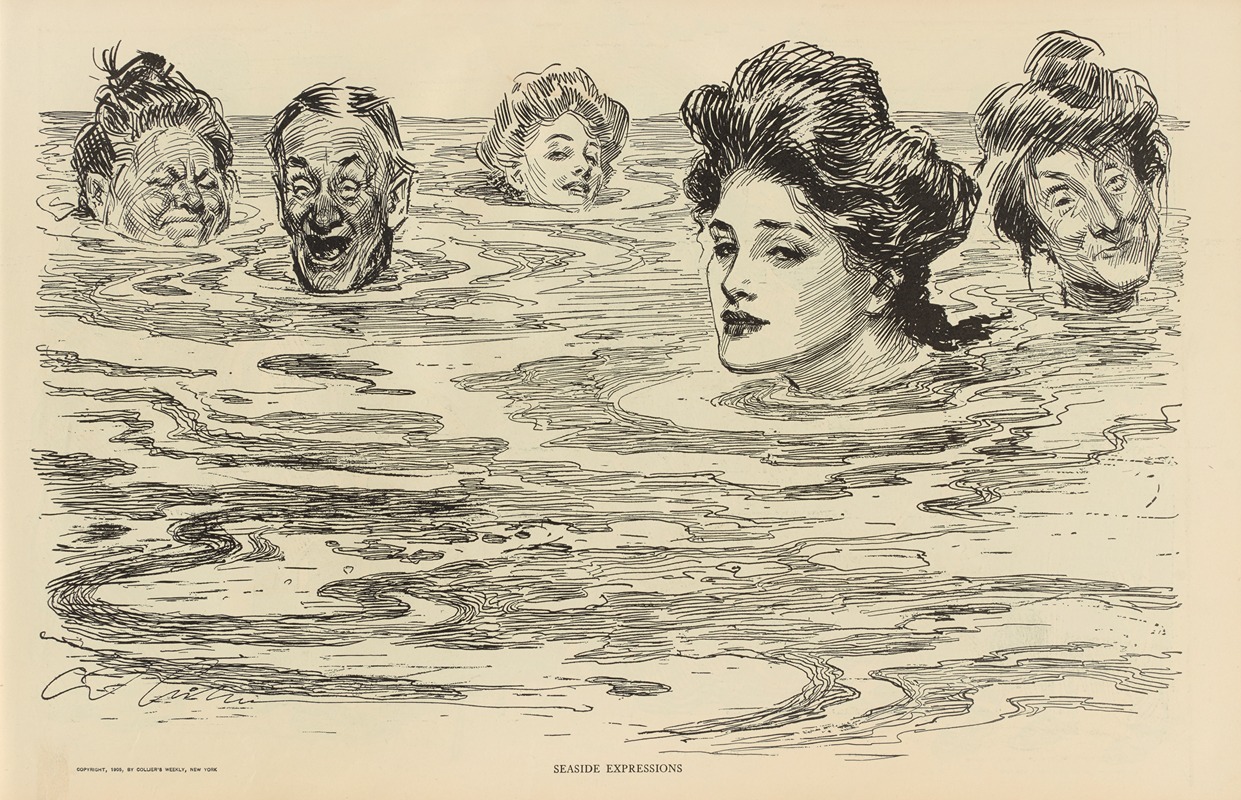
Seaside expressions
A hand-painted replica of Charles Dana Gibson’s masterpiece Seaside expressions, meticulously crafted by professional artists to capture the true essence of the original. Each piece is created with museum-quality canvas and rare mineral pigments, carefully painted by experienced artists with delicate brushstrokes and rich, layered colors to perfectly recreate the texture of the original artwork. Unlike machine-printed reproductions, this hand-painted version brings the painting to life, infused with the artist’s emotions and skill in every stroke. Whether for personal collection or home decoration, it instantly elevates the artistic atmosphere of any space.
Charles Dana Gibson was an influential American illustrator best known for his creation of the "Gibson Girl," a representation of the idealized American woman at the turn of the 20th century. His work captured the spirit of the era and had a significant impact on American culture and fashion. One of his notable works is "Seaside Expressions," which, like many of his illustrations, reflects his keen observation of social settings and human interactions.
"Seaside Expressions" is a black-and-white illustration that showcases Gibson's signature style, characterized by detailed pen-and-ink drawings. This particular piece depicts a scene at the seaside, a popular leisure destination during the late 19th and early 20th centuries. The illustration captures a group of elegantly dressed men and women engaged in conversation and enjoying the coastal environment. The setting reflects the social norms and leisure activities of the upper-middle class during this period.
Gibson's work often included subtle social commentary, and "Seaside Expressions" is no exception. The illustration highlights the fashion and social dynamics of the time, with women dressed in the characteristic long skirts and wide-brimmed hats of the Gibson Girl style. The men are depicted in suits, reflecting the formal attire typical of the era's leisure activities. The interactions between the figures suggest a narrative of social engagement and the leisurely pace of life enjoyed by those who could afford such pastimes.
The seaside setting itself is significant, as it represents a shift in leisure activities during the late 19th century. With the expansion of railroads and improved transportation, seaside resorts became accessible to a broader segment of the population, though they remained predominantly the domain of the affluent. This accessibility contributed to the popularity of beach scenes in art and illustration, as they symbolized relaxation and escape from urban life.
Gibson's illustrations, including "Seaside Expressions," were widely published in magazines such as Life, Harper's Weekly, and Scribner's, reaching a broad audience and influencing public perceptions of fashion and social behavior. His work played a role in shaping the visual culture of the time, and the Gibson Girl became an enduring symbol of American femininity.
While "Seaside Expressions" is not as widely recognized as some of Gibson's other works, it remains an excellent example of his ability to capture the essence of his era. The illustration not only provides insight into the fashion and social customs of the time but also reflects Gibson's skill in rendering detailed and expressive scenes that resonate with viewers.
In summary, "Seaside Expressions" by Charles Dana Gibson is a quintessential example of the artist's work, illustrating the social and cultural dynamics of the early 20th century. Through his detailed and expressive style, Gibson offers a glimpse into the leisurely seaside activities of the era's upper-middle class, capturing the fashion, social interactions, and leisurely pursuits that defined the period.





